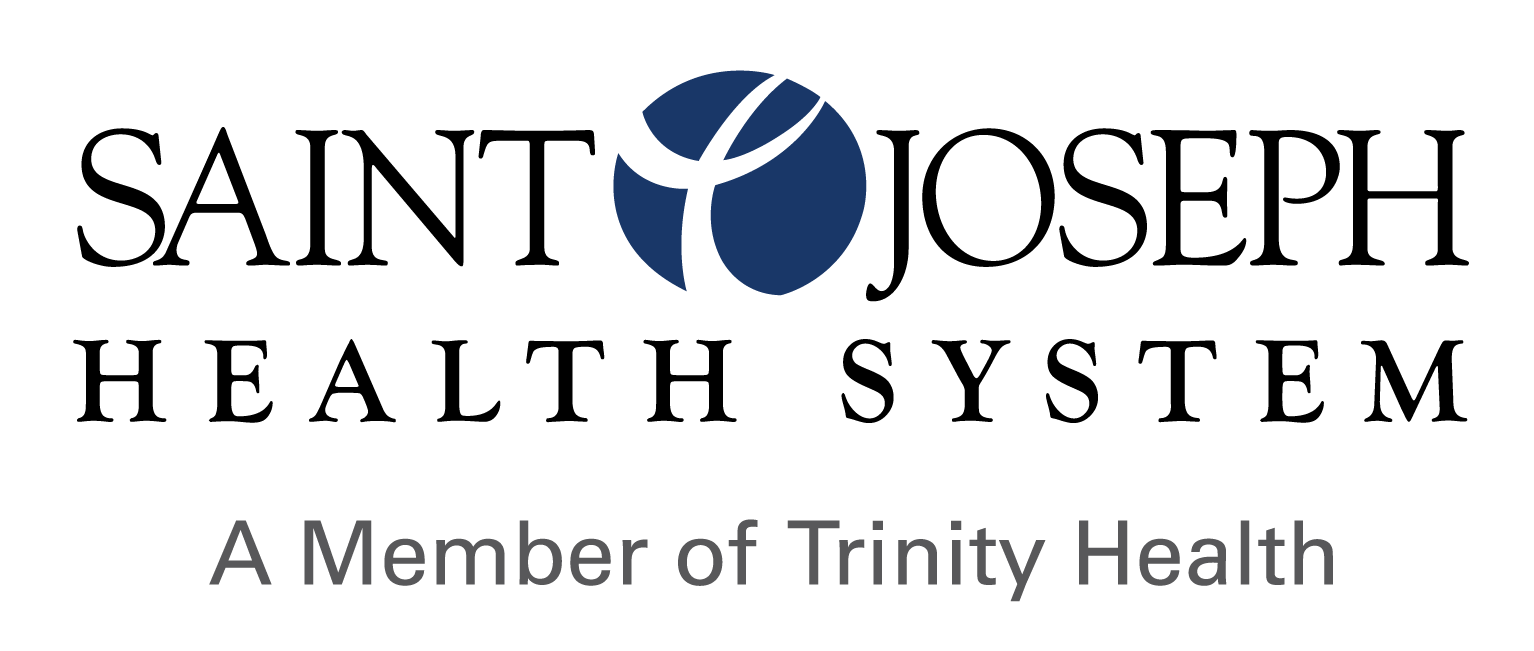PatientSecure FAQs
Vein pattern is as distinctive and complex as a retinal vascular pattern, which is known to provide the highest accuracy in biometrics. Palm-vein pattern recognition was first adopted by Japanese banks for ATMs. It is also currently used by many healthcare systems across the U.S. for positive patient identification.
Yes. Near-infrared light is the shortest wavelength of infrared light and is harmless. It does not give off heat and is the type of infrared light used in devices such as night vision goggles and in your TV’s remote control device.
At this time it is Imprivata’s (the company that owns PatientSecure) understanding that palm vein scanning is not used by the legal system or law enforcement. The Health Insurance Portability and Accountability Act (HIPAA) limits the Protected Health Information (PHI) that is permitted to be released to law enforcement agencies unless the release is ordered by a court or the patient signs an authorization for the release.
Provide a government-issued ID as proof of identity. To enroll, place your right hand on the palm-vein scanner until your hand is stopped by the finger dividers. Two scans will be taken. You are now enrolled! On your return visit, for a fast and secure identification, you will be asked to place your hand on the palm-vein scanner. The system will identify you and bring up your unique medical record.
